Global Humanitarian Overview 2021
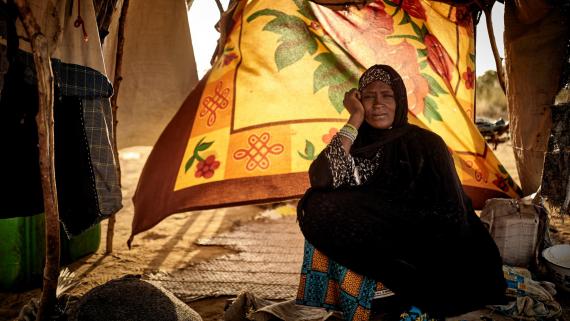
Scroll down to explore
Bagoundié, Mali
Aicha Dicko, 39, in her tent at an informal camp in Bagoundié, 8km from Gao, Mali, on 16 October 2020. The camp hosts 300 households who fled due to the ongoing conflict. "I hope I can go back to my home one day. What I want above all else for now is to be able to feed my children and that they can go to school to get a better future." OCHA/Michele Cattani

In 2021, 235 million people will need humanitarian assistance and protection.
This number has risen to 1 in 33 people worldwide - a significant increase from 1 in 45 at the launch of the Global Humanitarian Overview 2020, which was already the highest figure in decades. The UN and partner organizations aim to assist 160 million people most in need across 56 countries and will require a total of $35 billion to do so.
Inter-Agency Coordinated Appeals: Overview for 2021
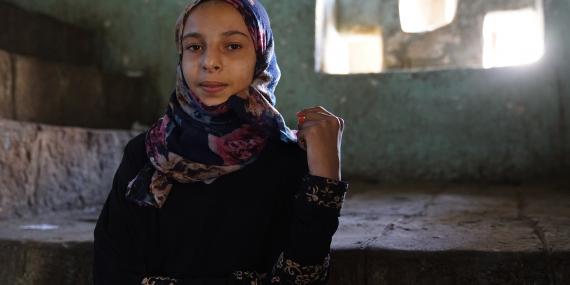
Introduction
This 13-year-old girl is a former Taizz resident. She and her family fled the fighting in 2015. Now she wants to be an architect and design modern buildings. OCHA/Giles Clarke
The Global Humanitarian Overview (GHO) is the world’s most comprehensive, authoritative and evidence-based assessment of humanitarian need. Through plans that prioritize those most in need, it aims to fight hunger, killer diseases, gender-based violence and displacement.
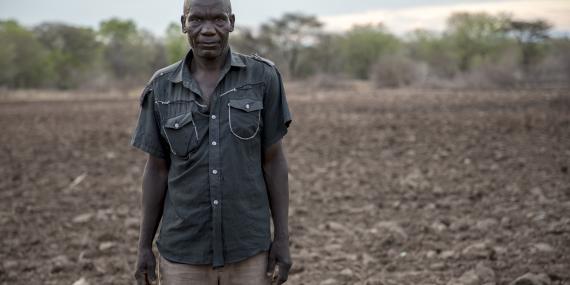
Global trends
A farmer in Munyuki village, Mazambara district, cultivates cotton, maize and sorghum. He has been badly affected by drought and the economic crisis. “If I compare the temperatures between when I was a boy and now, it’s hotter and drier than before," he said. "Never have I lost two rounds of planting to drought. In Zimbabwe the first rains used to come in October, but now they are getting later.” WFP/Matteo Cosorich
2020 has been a year like no other. Amid ongoing violent conflict, rising hunger and the effects of climate change, the pandemic will continue to have an impact in 2021. As the health and non-health effects of COVID-19 merge with other shocks, humanitarian programming is also adjusting to treat it in a more integrated manner.
Challenges
- Historic Economic Decline is Reversing Development Gains
- Conflicts Continue to Take a Heavy Toll on Civilians
- Displacement is Increasing While Durable Solutions Remain Elusive
- Hunger is Rising, COVID-19 Will Make it Worse
- Climate Change Will Continue to Exacerbate Vulnerabilities
- Disease Outbreaks are Increasing, Hard-won Gains are at Stake Amid COVID-19
Opportunities
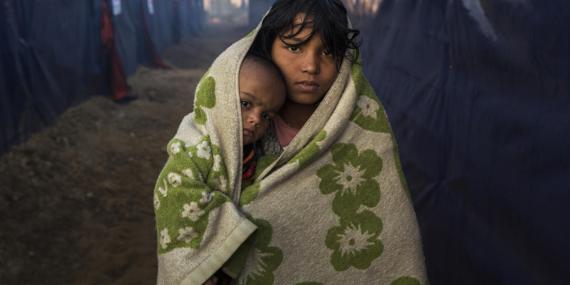
Inter-Agency Coordinated Appeals
A 12-year-old Rohingya refugee covers herself and her 10-month-old niece. Both go for a walk in the early morning at the Kutupalong camp to warm up from the cold inside their shelter. UNHCR/Andrew McConnell
The United Nations and partner organizations aim to assist 160 million people most in need across 56 countries. This section presents an overview of results from 2020, needs for 2021 as well as country-specific and regional response plans.
Overview of appeals
Humanitarian Response Plans
Regional and Other Appeals
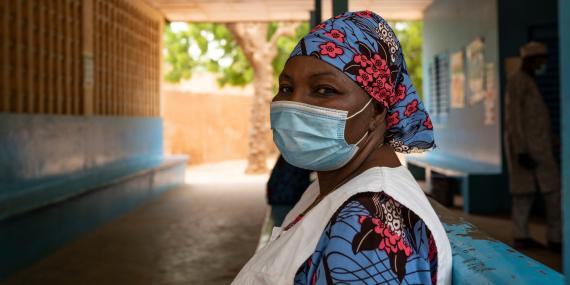
Delivering better
This nurse works at the Gamkalé health centre in Niamey, Niger. “With the arrival of the first cases of COVID-19 in Niamey, the mothers were afraid to come to the health centre,” she says. “We noticed a drop in visits and it was very worrying because we know how much mothers and children need the routine services of the centre." Her colleague, the head of the centre's immunization unit, says: "We cannot turn our backs on other diseases such as polio or measles as their impact may be greater than COVID-19. With a lot of effort in raising awareness within the communities, mothers are starting to feel more comfortable with visiting the centre again, but the rhythm of visits is still slow compared to normal times. We are working hard to ensure the children continue to be vaccinated.” UNICEF/Juan Haro
As crises become more complex and protracted, humanitarians are constantly improving their response. Processes that enable this include, delivering aid through cash instead of goods, working with and through local actors and undertaking intersectoral analysis.
- Moving Gender Equality and GBV Prevention Forward
- Protection from Sexual Exploitation and Abuse
- Pooled Funds and Humanitarian Emergencies
- COVID-19 and Localization
- Accountability to Affected People
- Cash and Voucher Assistance
- Joint Intersectoral Analysis Framework
- Compound Risk Monitor
- Disaster Response During a Pandemic: Beirut Port Explosions



